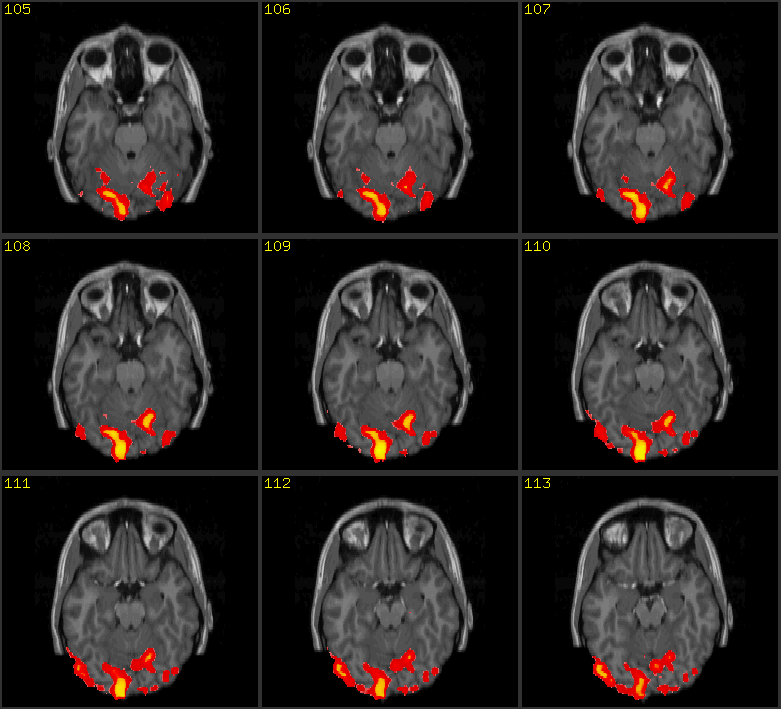There is something nice about coming back to a conference year after year in the same location. You already know where to stay, where to eat or not to eat and are free to focus on enjoying the academics, the exhibition and the Florida sun.
Because VSS is primarily focused on academics, the show floor where my company and others exhibited was not often crowded, leaving exhibitors plenty of time to gleam knowledge from the poster sessions as well as chat with other vendors. The VSS show is dominated by eye tracking companies - most of which we've had the pleasure to work with - but HMDs such as the zSight and other (heavier and lower contrast) HMDs were also on display.
The academic crowd is this show is very diverse in their virtual reality experience. It was great meeting existing customers that we've worked with over the years, but just as fun demonstrating the HMD to researchers admitting that they have heard of head mounted displays but never got around to trying one.
A key part of many vision research projects is to generate visual stimuli. HMDs offer a superb vehicle for doing so, for several reasons:
| Arrington Research Eye tracker inside a Sensics zSight |
- The ability to offer stereoscopic stimuli, thus also adding depth perception to studies about motion, color, recognition and more.
- A good HMD is often immersive, meaning that it can block external distractions and make sure that the subject is focused on the stimuli inside the HMD.
- The ability to integrate eye tracking inside the HMD.
- The ability to engage peripheral vision, especially when using an HMD with a panoramic field of view
I had the opportunity to browse the poster session focusing on research involving fMRI. Functional MRI studies put a subject inside an MRI machine and generate certain visual stimuli. The brain function is then measured and analyzed. Some of these projects give scientific confirmation to seemingly obvious results and others open doors to deeper understanding of how people see. For instance, I saw a poster that confirmed that the brain produces different neural responses when presented with pictures of familiar people as opposed to non-familiar people. To me this falls more into the obvious category: if a picture is instantly recognized as familiar, doesn't recognition itself mean that the brain has a different neural response to it?
Some companies on the show such as Cambridge Vision Systems devise clever ways to inject visual stimuli into such a challenging magnetic environment such as an MRI, and even have the ability to do fMRI eye tracking. Really cool stuff. Over the years, we got asked several times of an HMD could be used inside an MRI machine either for research or as distraction to prevent claustrophobia. Unfortunately, our HMDs are not MRI compatible today, though I'm open to ideas on how to make one.
During a typical year, I meet different people that have different uses for HMDs: from training soldiers inside tanks to architecture and industrial design to academic research. The possibilities for using HMDs seem endless, and many people I meet have new and sometimes crazy ideas on what to do (such as the person suggesting HMDs as a way to revive the art of playing an ancient banjo). Regardless, I look forward to returning to VSS next year and learn even more.

1 comment:
Love your blog and your HMDs. Wondering is there any tech currently that can read the eyes direction and focus, so that the display can adapt accordingly? Perhaps measure the eye's lens distortion?
Also, when you guys gonna collaborate with sony / microsoft / apple or nintendo and bring out a killer consumer HMD with killer game application for a reasonable price point? Bet Microsoft's kinect 3d tracking could be tied nicely with a HMD to put your body into the virtual space.
Anyway, here's crossing my fingers for the next 5 years :).
Post a Comment